Design Personas
Understanding the needs, behaviors, experiences and goals of the next billion job seekers in India
Client: Vahan
Timeline: 6 weeks
Sample Size: 12
Location: Bangalore
A few years ago, tech startup Vahan emerged as a unique jobs platform built for India’s next billion job seekers. With millions already on the platform and several tech startups as clients, Vahan showed immense growth potential – despite operating in a space marked by high attrition and complex user dynamics.
To sharpen their offering, Vahan turned to goal-directed design, grounded in a deeper, more nuanced understanding of their core users.
Over six weeks in March–April 2020, Anagram Research led an in-context study to uncover the realities of India’s next billion job seekers – exploring their backgrounds, capabilities, ecosystems, and job-seeking behaviors.
Participants were recruited using a tailored screener, developed with input from the Vahan team.
The study involved 90-minute home visits with semi-structured, theme-based interviews, combining observation, conversation, and quick research activities to draw out rich, relevant insights.
We captured detailed field data – notes, audio, video, and photographs and followed a two-step synthesis process – A quick read for immediate insights, followed by deep analysis using data coding and persona scales to identify key user archetypes.


The research resulted in a set of actionable, design-focused personas, along with insights into the motivations and barriers shaping online job search behavior.
To support practical application, we delivered brainstorming cards rooted in real user needs, along with clear guidance on how to use (and not misuse) the personas. These tools were designed to inspire and guide Vahan’s product and design decisions with lasting impact.

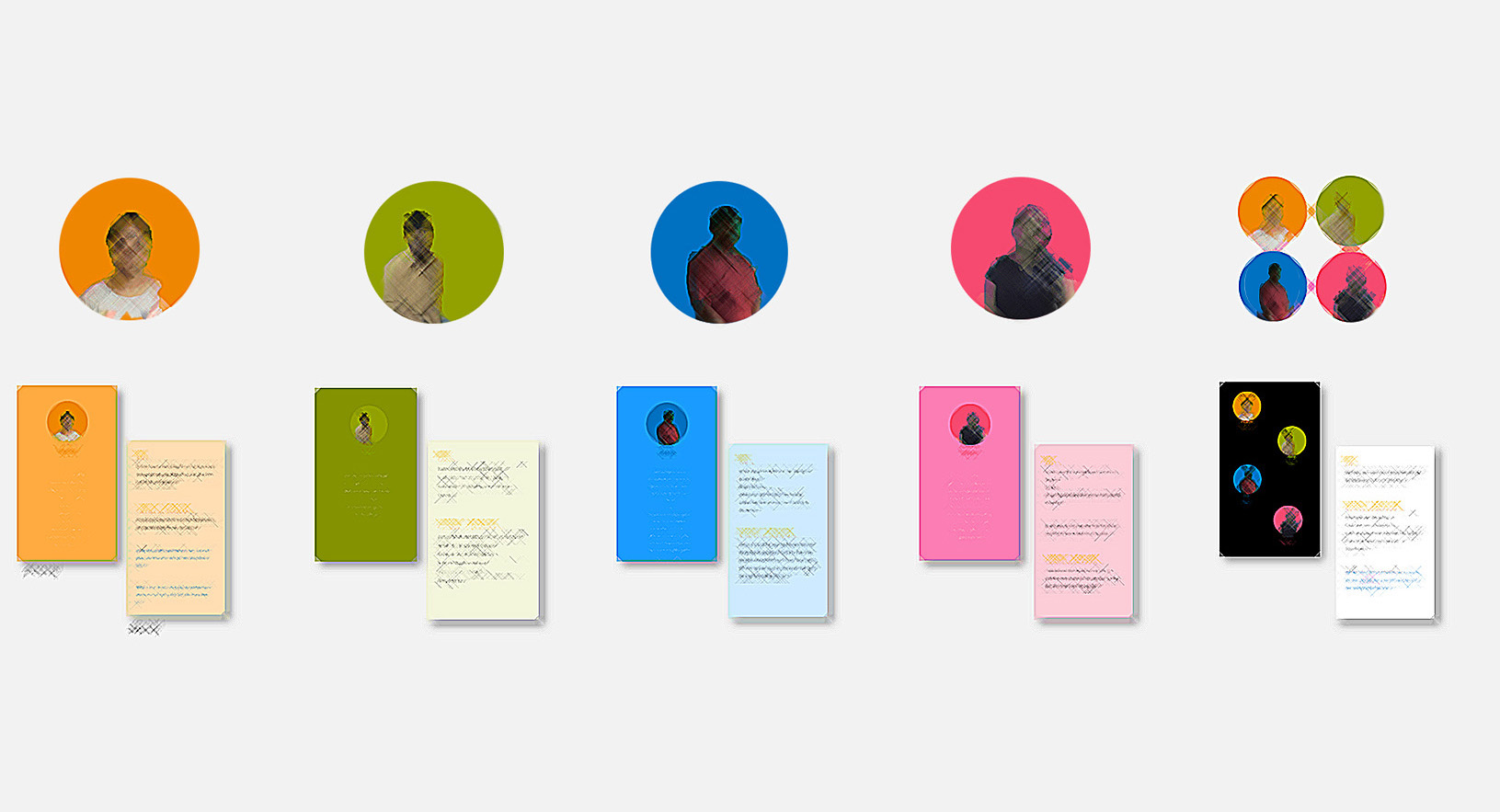
This research was the first of a series of studies Anagram Research conducted for Vahan.
Through user research, Vahan gained deep insights into the needs, behaviors, and aspirations of their target users. This understanding has shaped Vahan’s approach to connecting India’s blue-collar workforce with employment opportunities and informed the development of their AI-driven solutions.
Vahan has successfully placed over 500,000 workers across more than 480 Indian cities, partnering with major companies like Zomato, Swiggy, Flipkart, and Uber.
Devika and her team did a great job of understanding our needs in detail before diving into the project.
They were very thorough in their inquiry during the discovery and the research phase.
As a startup, it is important for us to get learnings from the field in a more iterative way – which is something they facilitated before delivering a final report on their findings.
They empowered us with the right tools to put the research to use, which made it easier to act on the findings.
They’ve also been available post completion of the project to answer follow up questions.
I would recommend them without hesitation!
Madhav Krishna, Founder and CEO, Vahan
Strategic Insights
Enabling a better future for medium – smallholding Indian farmers
Client: Confidential
Timeline: 5 weeks
Sample Size: 9
Locations: Villages in Maharashtra and Madhya Pradesh
The innovation team at a global management consultancy was working on a project focused on improving the future of small and medium-holding farmers in India and Vietnam. While their in-house researchers led work in Southeast Asia, they partnered with Anagram Research for a rapid, focused study on the needs and realities of Indian farmers.
The research was completed in just five weeks to align with the project’s fast-paced timeline and provide timely, actionable insights.
Participants were carefully selected by professional recruiters using a detailed screener, and each took part in 120-minute in-context, semi-structured sessions.
To keep conversations engaging and insightful, quick research activities were woven into the interviews.
Sessions were conducted in local languages with the support of a moderator and simultaneous translator. A lead researcher was present throughout to guide, observe, take notes, and probe where needed.
Fieldwork documentation included rough notes, audio, video, and photographs.
Insights were synthesized at two levels – Rapid synthesis for immediate takeaways, followed by detailed analysis using affinity diagramming.
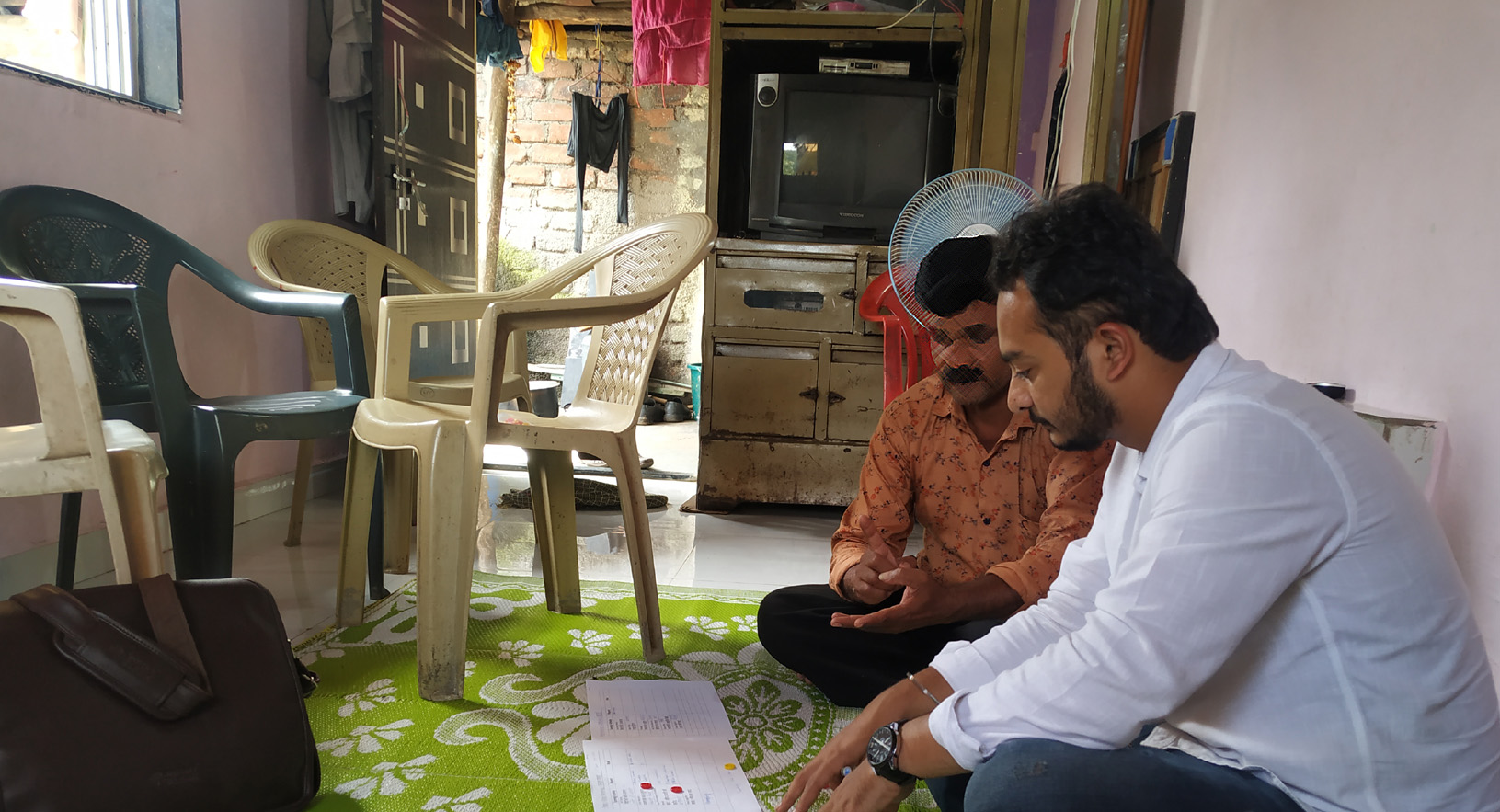
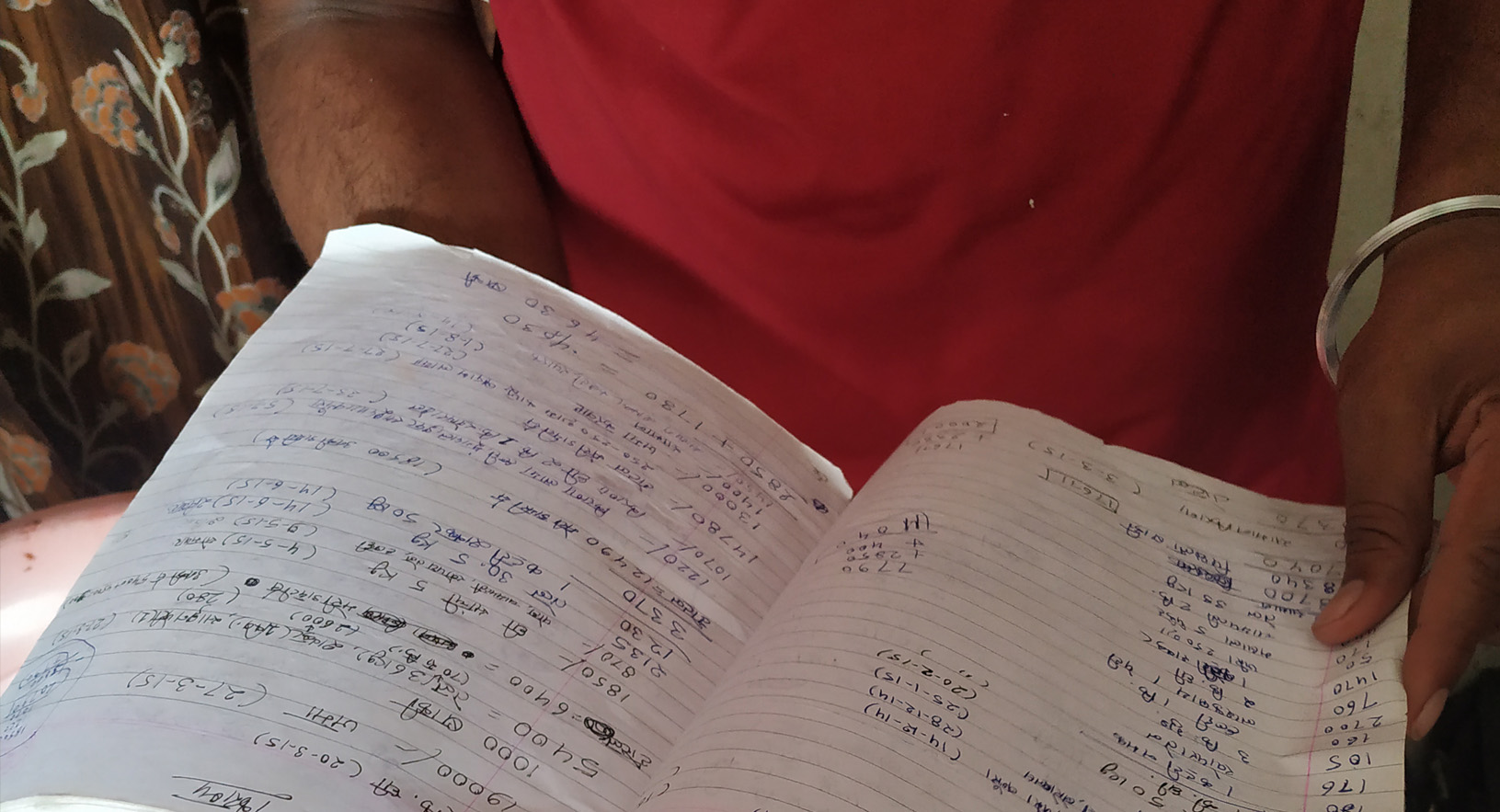
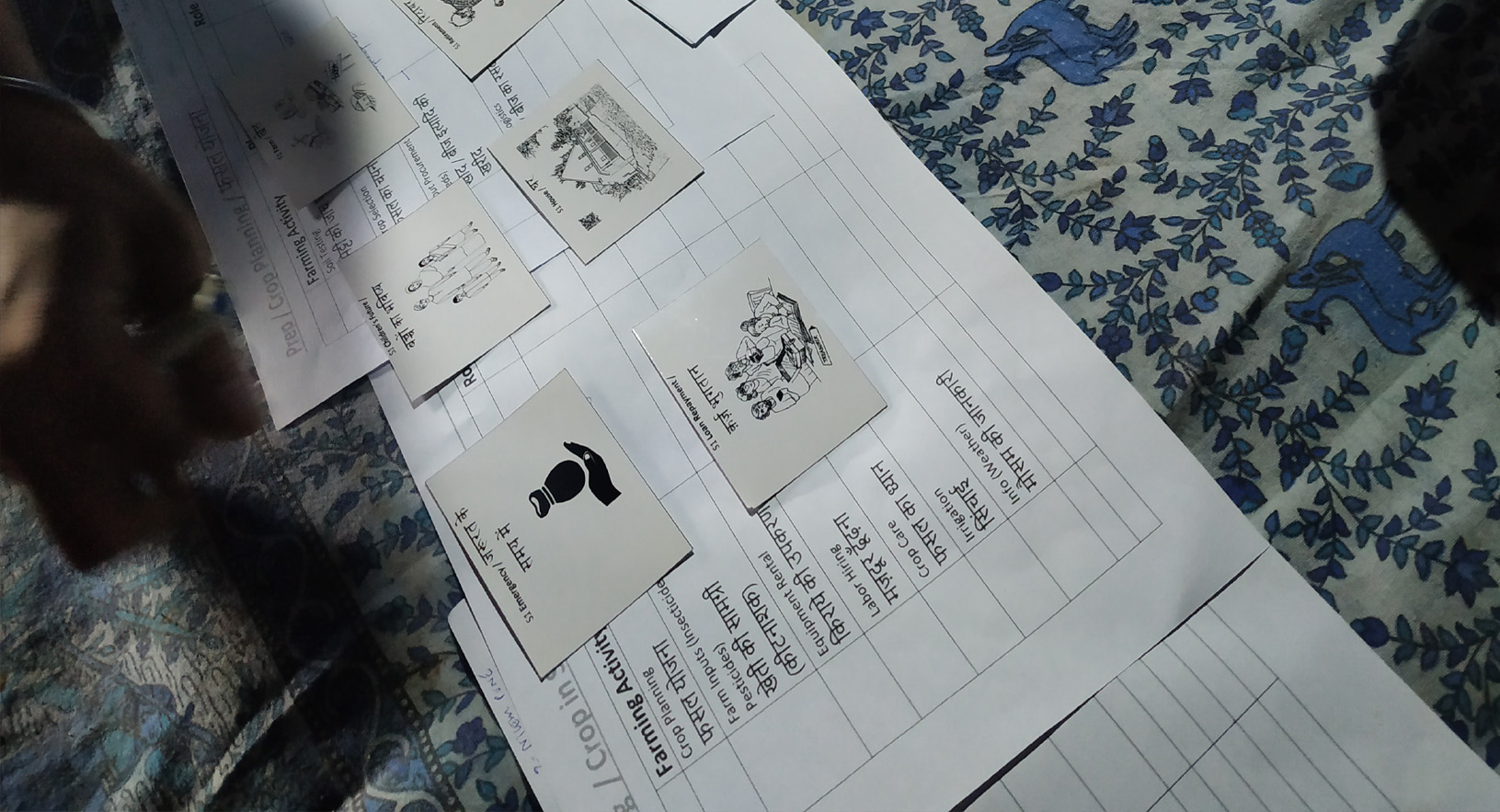
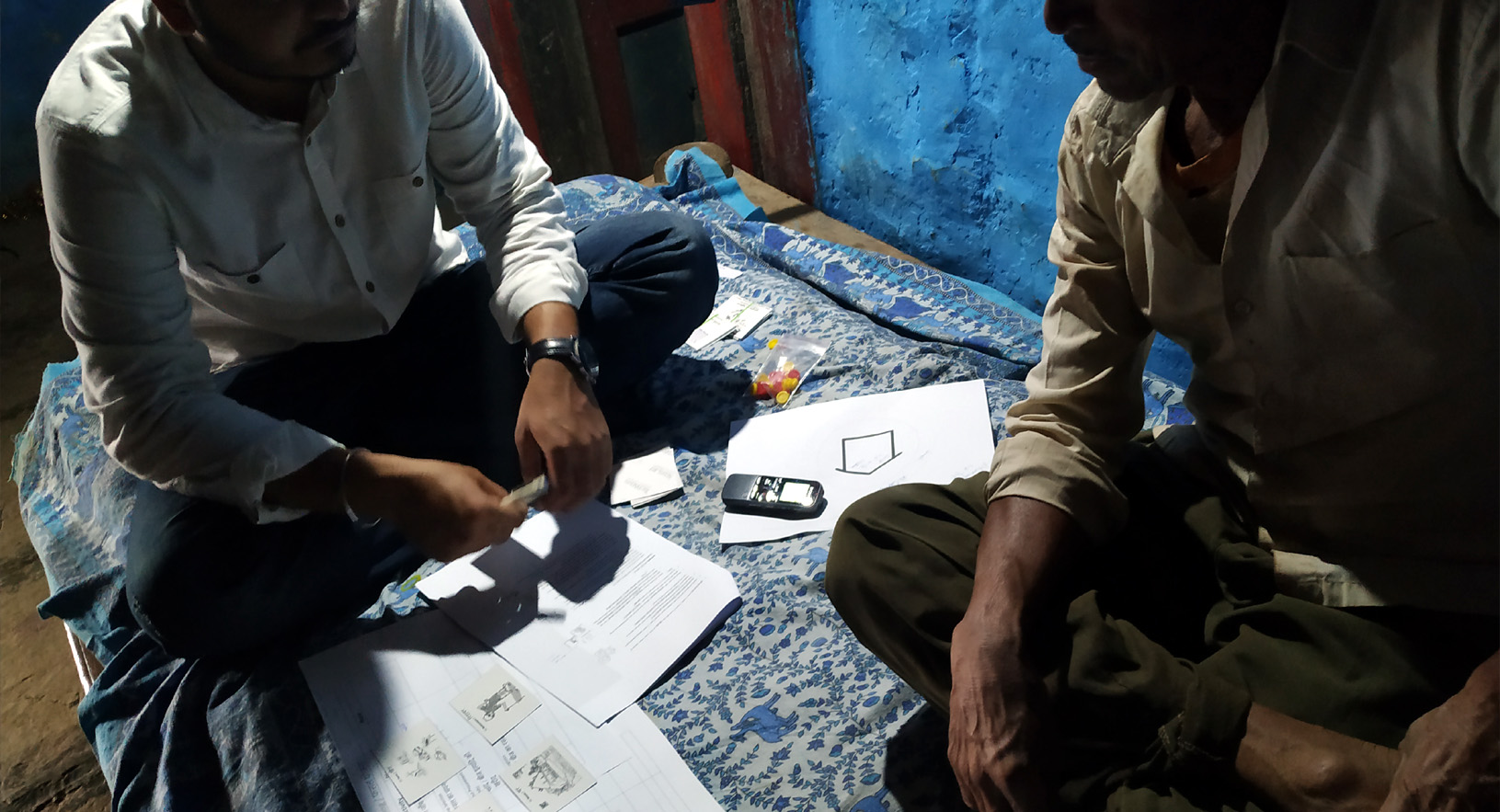
Research in India provided our research partner with a grounded, human-centered understanding of Indian farmers – complementing findings from Vietnam and deepening their cross-market perspective.
By surfacing shared patterns and India-specific nuances, the study helped shape more contextually relevant solutions.
The research also uncovered opportunity areas and design principles that inspired new directions for innovation, ensuring that the client’s efforts were rooted in real-world needs and aspirations.
Remote Research
Expanding access and insight through remote research with Indian participants
Over the years, Anagram Research has mindfully recommended and used a remote research approach on a number of projects. We have conducted remote research using proprietary user research software like Hatch Tank and Revelation, as well as bootstrapped approaches using WhatsApp and phone calls.
The obvious benefits of remote research include navigating logistical or scale challenges, aligning with participant preferences and allowing busy client teams to observe sessions efficiently.
Remote research can be used as a standalone approach or to effectively complement in-person methods and different phases of a study – for example, to prime participants before in-context sessions, follow up to deepen or validate field insights, or help global teams build cultural understanding during the planning stage.
In a study to understand user experiences on a cricket info app, Anagram Research recommended combining the strengths of remote and face-to-face methods.
Starting with a remote, longitudinal Diary Study enabled us to cover a large sample quickly. (48 tech-savvy participants, across 4 Indian metros, in 7 days) We were also able to capture insights on app usage that varied over time and context.
We followed the Diary Study with in-person Triads, in order to explore emerging themes and dive deeper into key findings.

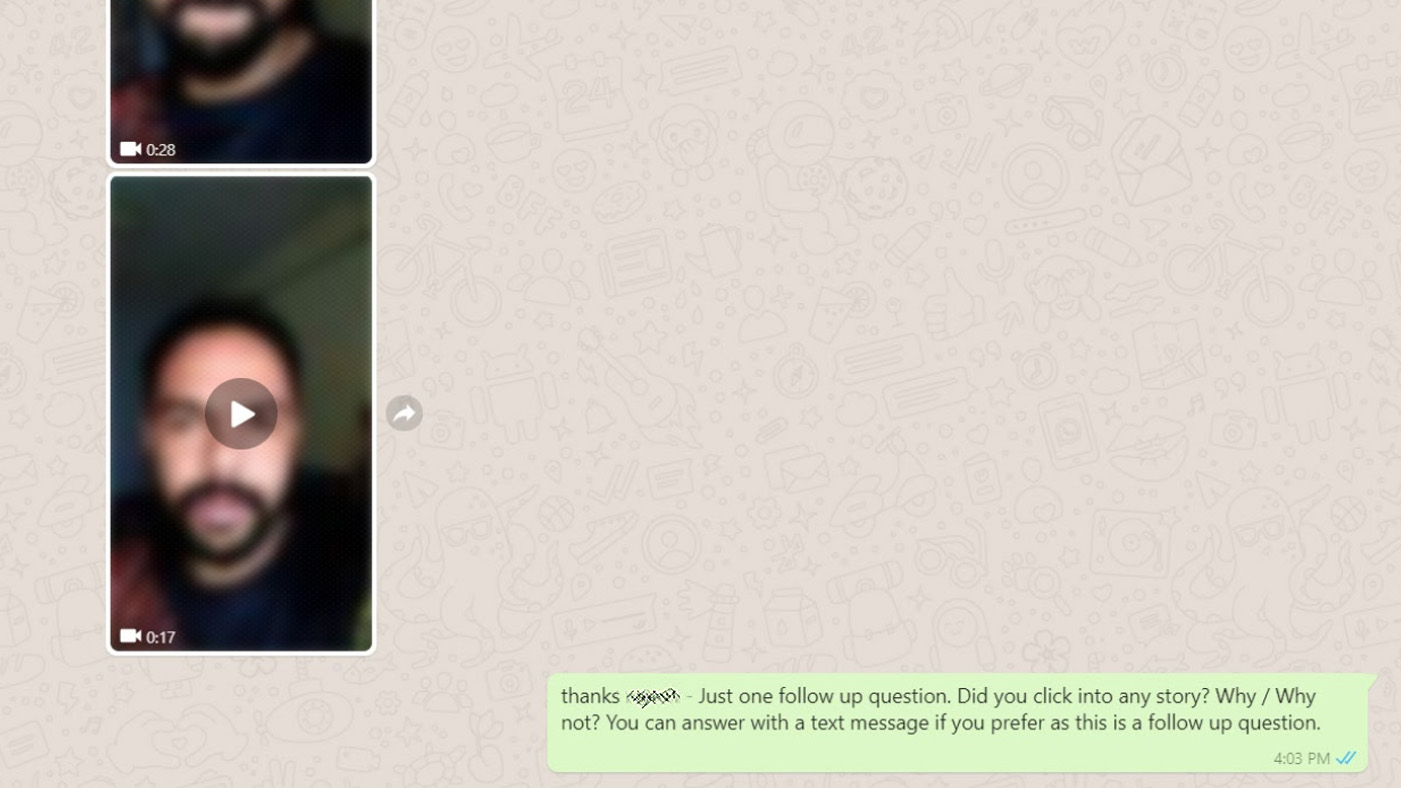
Remote research can also be a powerful tool to encourage emotional openness among participants, especially when exploring sensitive topics.
In studies with non-professional caregivers and employees, participants we interviewed remotely were noticeably more candid and forthcoming than those interviewed face-to-face.
The physical distance of a remote setting seemed to ease self-disclosure – whether it was caregivers speaking freely about the emotional toll of caregiving or employees sharing honest reflections about their employer.
These experiences highlight another important advantage of remote research – Lowering psychological barriers and helping participants feel safer and more comfortable opening up.
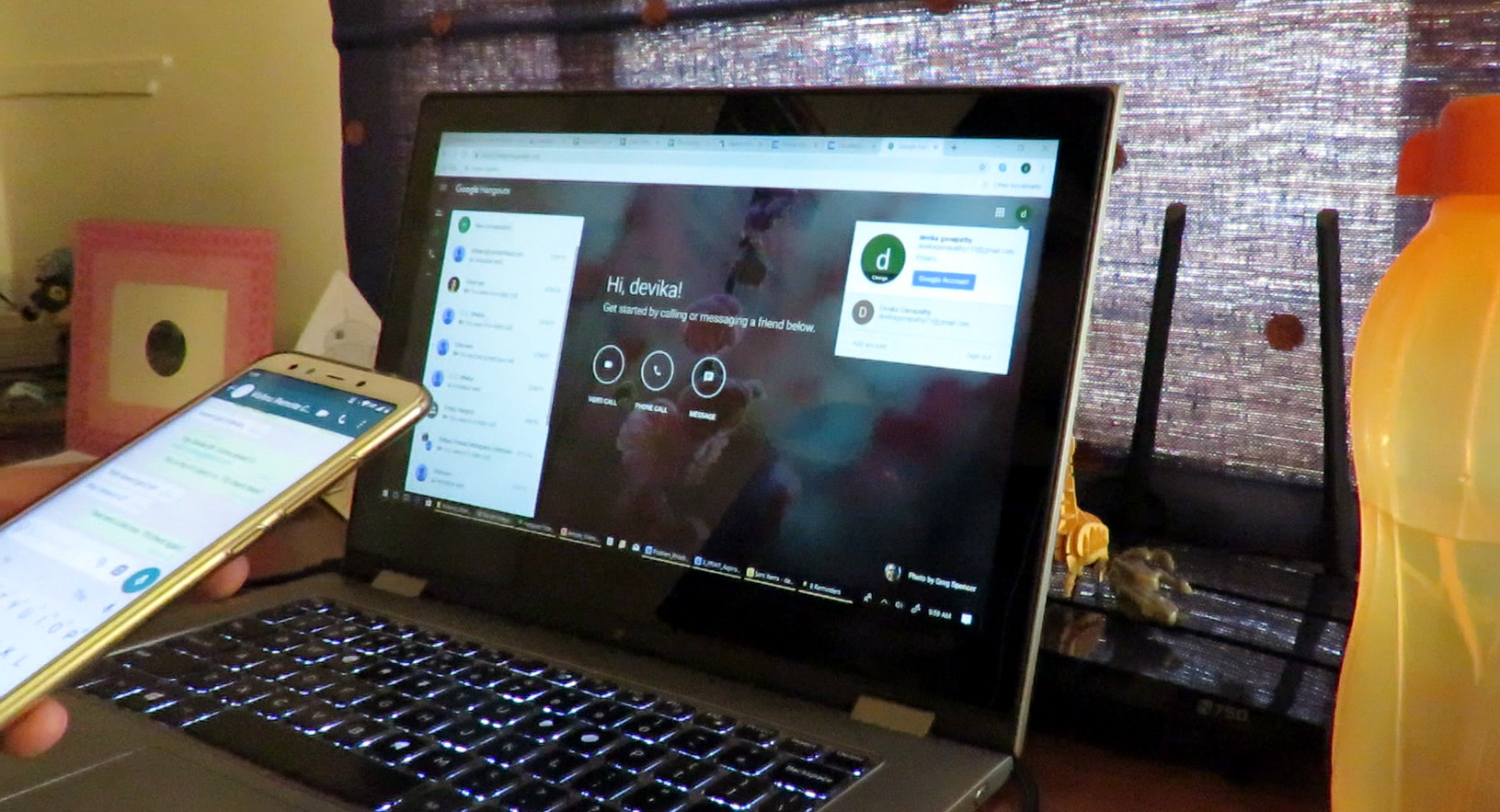
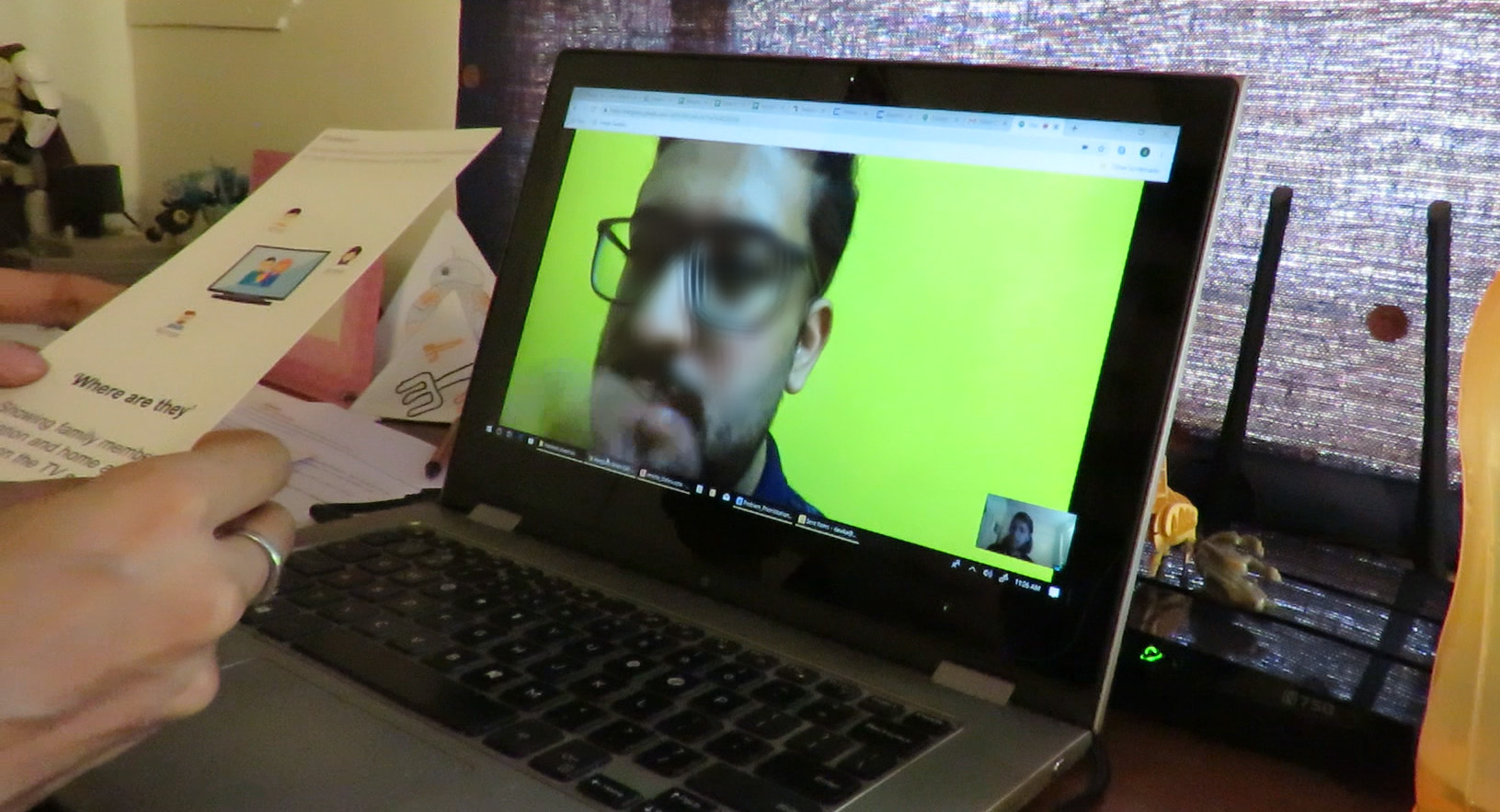
Remote research can be a great fit in many scenarios but it’s not always the right choice for every objective.
Our role is to guide you – whether that means remote, in-person, or a hybrid model – toward methods that deliver rich insights and real value.
Testing and Evaluation
Improving usability and ensuring that products align with user expectations and mental models
Evaluation research is integral to the iterative design process.
Over the years, Anagram Research has supported product development at every stage – from concept and prototype testing to evaluating live apps and websites. We’ve conducted these studies in-context, in labs, and remotely.

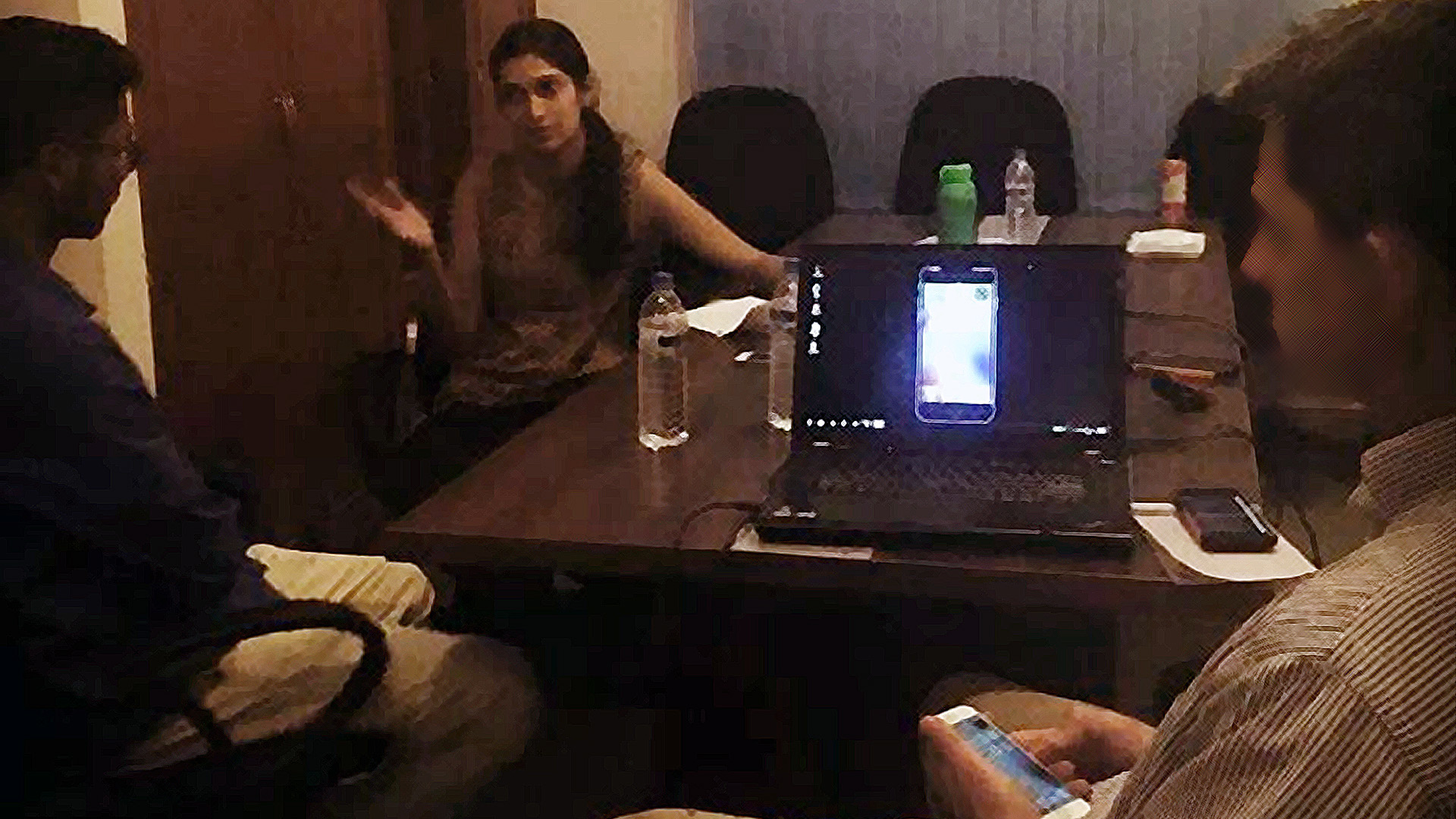
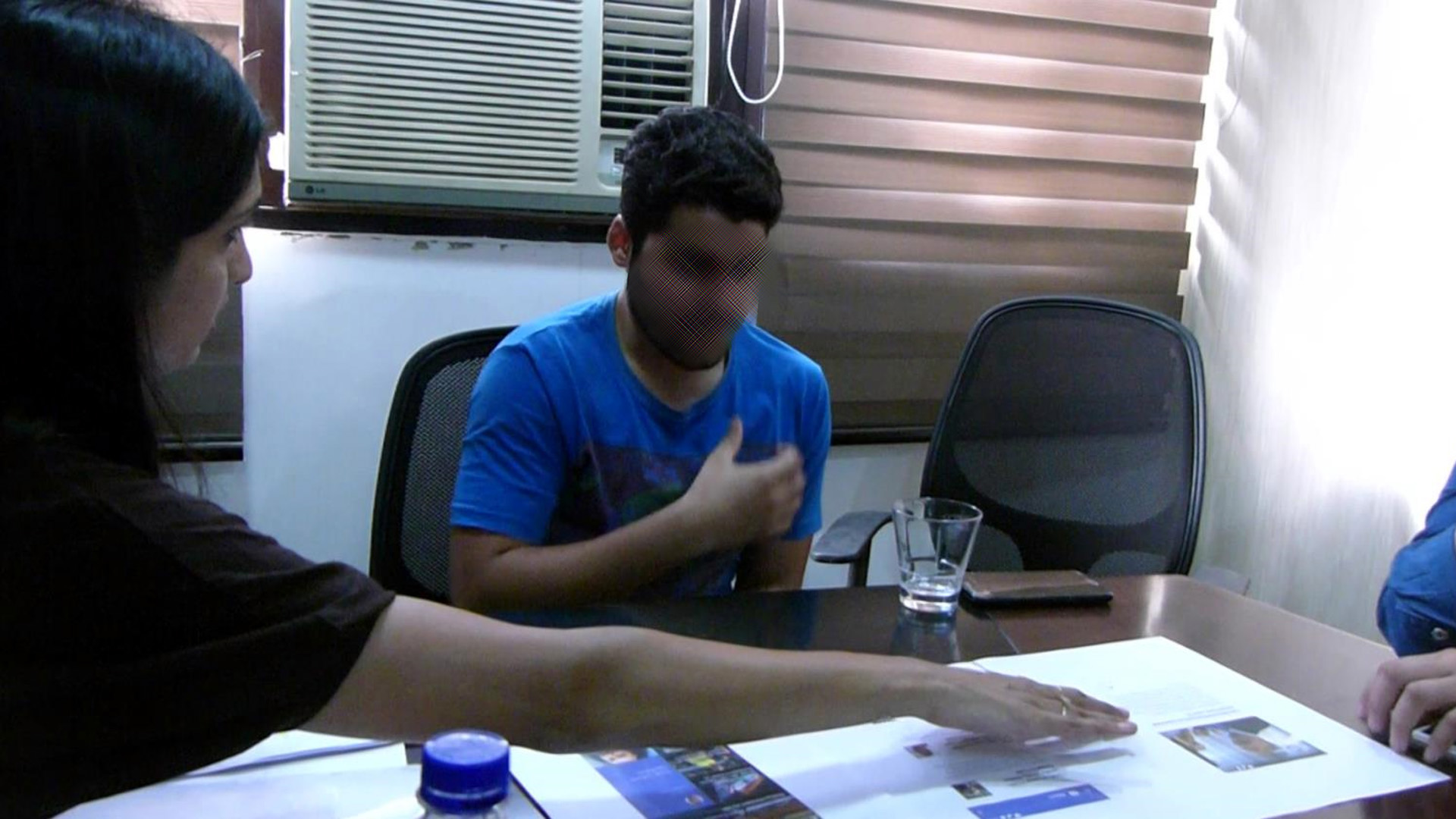
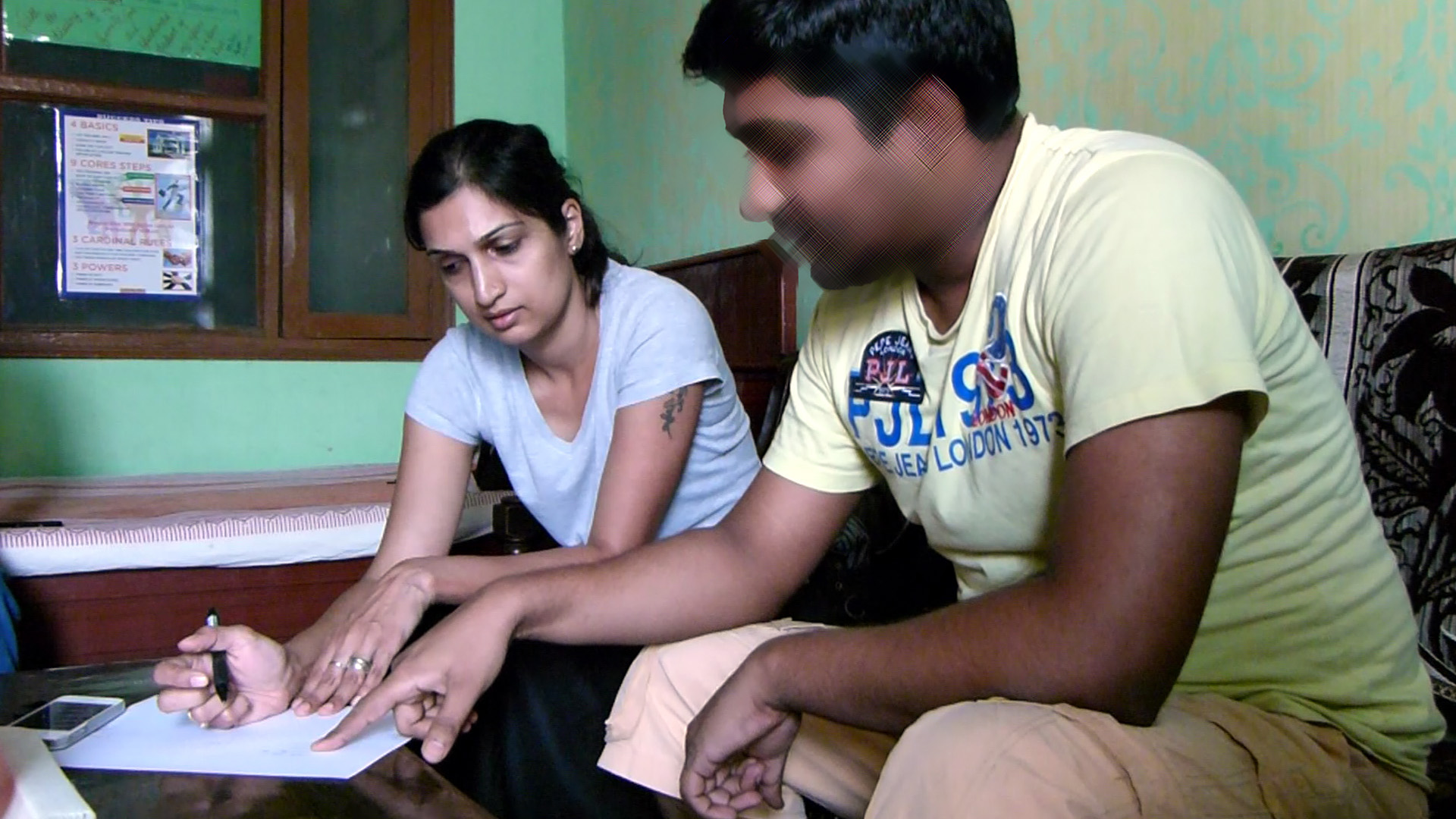
In 2017, the Hindustan Times Group partnered with Anagram Research for a foundational research study. This research helped inform a ‘Mobile First’ strategy across the client’s news brands, and also shaped the digital redesign of its business newspaper ‘Live Mint’
In 2018, we were re-engaged to test the high-fidelity prototype of Live Mint before launch.
Conducted in a professional research facility, the study allowed our clients to observe participants via a one-way mirror and live video feed – helping to build support for user-centered design across the organization.
Using techniques like free exploration, think-aloud, and scenario-based tasks, we identified key usability, experience, and conceptual issues early. This iterative approach ensured the final product met user needs and expectations.
Launched in 2019, the redesigned news app quickly gained traction – surpassing its main competitor and reaching 33 million visits by year-end.
Devika and Anagram are fantastic at demystifying consumer needs and helping teams really get under consumers’ skin.
I’ve used them multiple times in my career, across consumer industries, including doing foundational research for Livemint. Their work resulted in creating the fastest growing site in traditional media. I’d recommend this team unhesitatingly.
Rajiv Bansal, Former client at the Hindustan Times Group

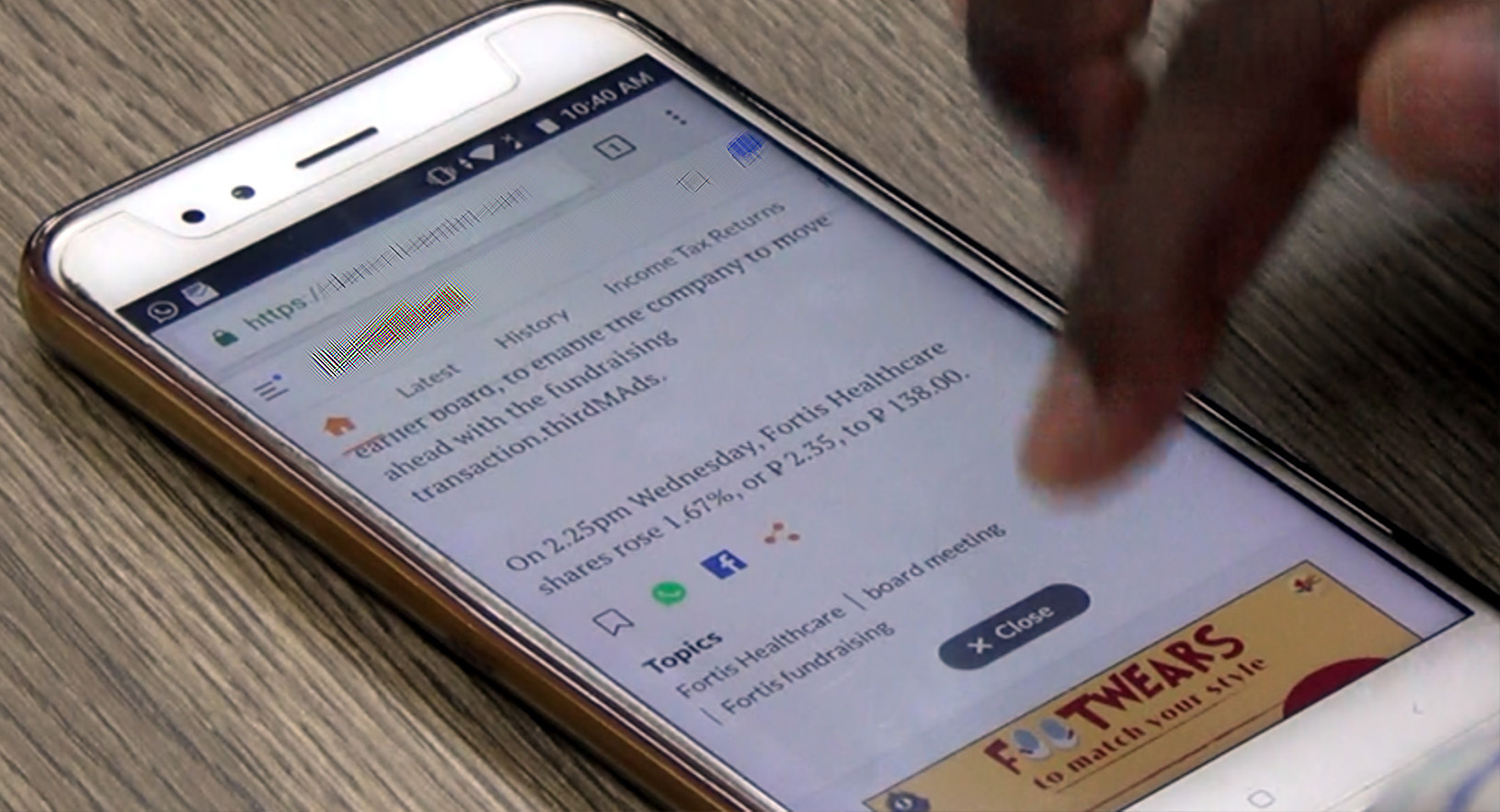
While lab-based studies suit certain needs, understanding real-world use calls for in-context research.
Peel Technologies, creators of the Peel app that turned smartphones into smart TV remotes, partnered with Anagram Research to explore digital content consumption in India and evaluate their app’s user experience, including new prototypes.
We conducted seventeen in-home sessions across Delhi, Hyderabad, and Mysore.
Several key findings emerged specifically because the research was done in context, highlighting the value of stepping into users’ everyday environments.
Like Peel, many of our clients derive greater value from a hybrid research approach – Where in addition to evaluation research which is largely improvement oriented, the time spent with users is also utilized for broader generative research which can lead to innovation.
During the research it felt as if Devika was just as invested in the success of our app and product as we, the ones who had spent years building it, were.
Because of this, even a year later, we all still treat several of the insights that came out of our India research
as cornerstones upon which we feel secure building our product direction for the future.
James Dellinger, Former client at Peel Technologies
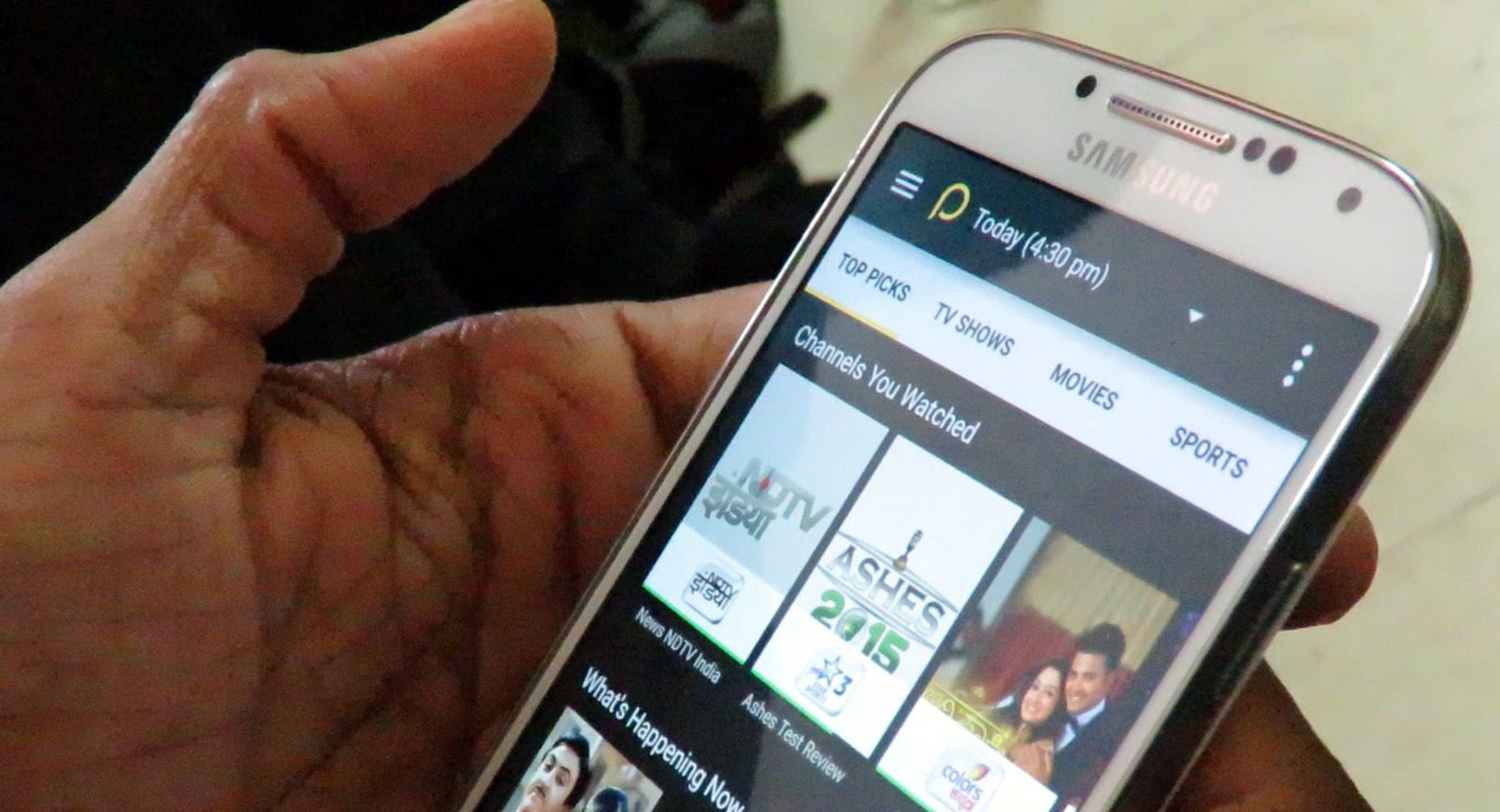
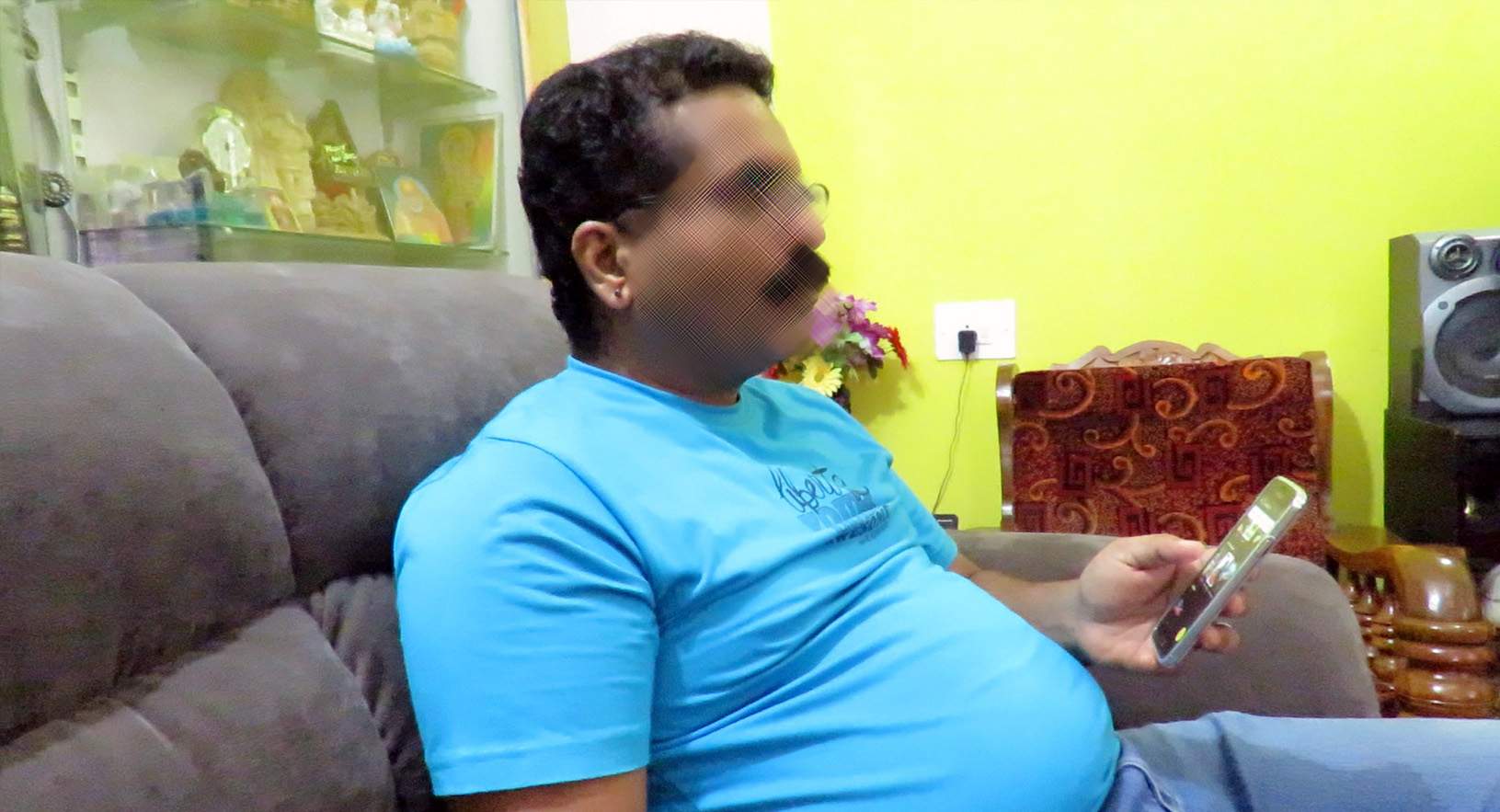
Secondary Research
Uncovering insight and inspiration through secondary research
Secondary research is used in diverse ways at Anagram Research – whether as stand-alone projects, to support primary research, or to build contextual understanding during planning.
-
Stand-alone projects
We’ve delivered trend analyses, competitor research or benchmarking tailored to client goals, budgets, and timelines. Our stand-alone projects range from quick, week-long projects to multi-month engagements.
Over time, we’ve learnt to anticipate and navigate challenges, conduct research systematically and efficiently and adapt or develop frameworks to make secondary research findings accessible, relevant, and actionable.
One example: A framework inspired by Raymond Williams’ cultural theory.
Though rooted in cultural studies, his ‘Dominant–Residual–Emergent’ model beautifully translated into a temporal axis, for a Trends Map we were working on. Gaining perspective
For domain-specific work, we use secondary research to immerse ourselves before fieldwork begins.
By reviewing articles, academic papers, prior research, and expert voices, we ground our studies in a broader context – leading to sharper research design and richer insights.
Complimenting primary research
We often combine secondary and primary research to build credibility and enhance findings.
In a study on online abuse, we conducted a week-long diary study and interviewed 30 participants across India.
Secondary research helped us to contextualize and enhance credibility of some of our primary research insights.
For example: The ‘Bad Girl’ poster created by design students of Srishti School of Art, Design and Technology is a parody of Indian school posters from the 80’s and 90’s. It depicts tongue-in-cheek examples of things men might get away with, but women would be judged for.
We referenced the poster in our insights report, to illustrate the extent of patriarchal attitudes and mindsets towards women in India. Minus this example, some of our primary research findings might have been harder to relate to for a foreign audience unfamiliar with India’s socio-cultural context.
Another example: We learned through primary research that underlying negative emotions – often triggered by the stress of daily life – can be a key driver of online abuse. Secondary research helped validate this finding. The reality show MTV Troll Police featured interviews with self-identified trolls, many of whom admitted that their behavior stemmed from frustration, boredom, and a desire for attention.
Analogous inspiration
We have also used secondary research in the form of ‘analogous inspiration’ to encourage and inspire clients to look at problems and pain points through fresh eyes.
For a global electronics and home appliances client, we created ‘Brainstorming Cards’ to make primary research insights more actionable.
Each card featured a user need or pain point uncovered during fieldwork, along with a “How might we” prompt to inspire opportunity-focused design.
On the reverse side, we included visuals or written snippets from fieldwork, or analogous examples or existing market solutions sourced through secondary research – encouraging the design team to explore unexpected angles and creative solutions.
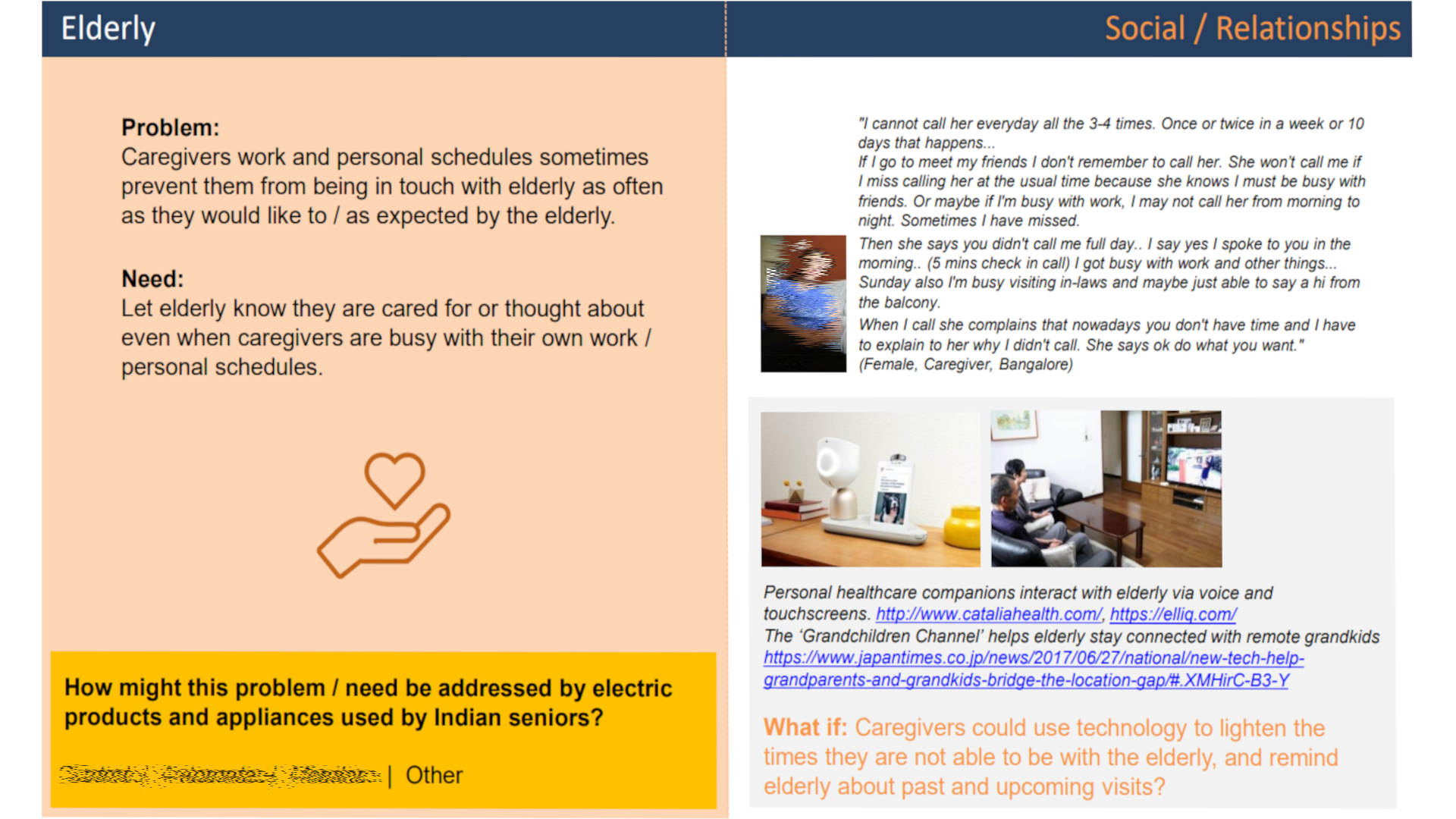
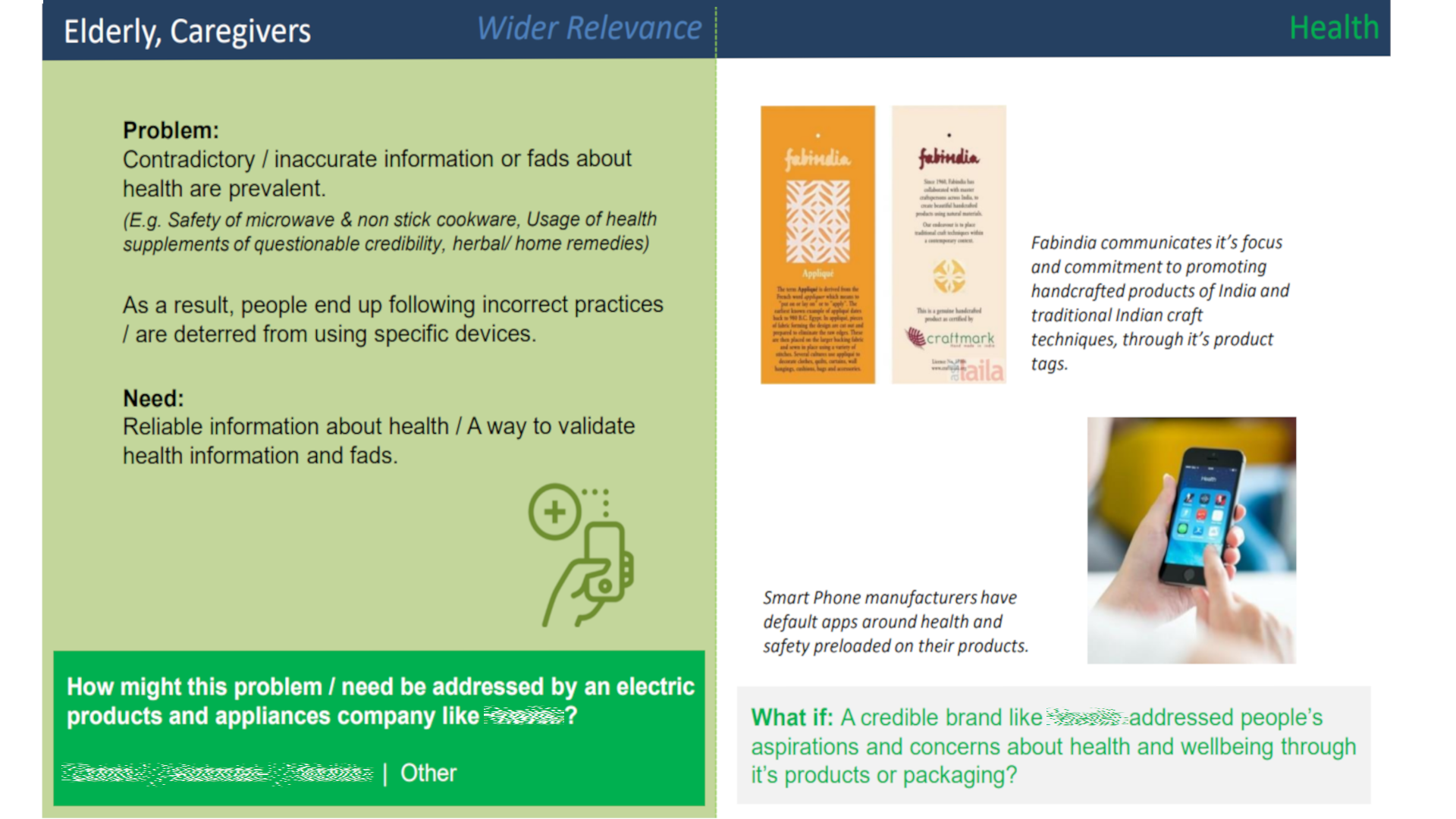
Often overlooked in research roadmaps, secondary research is a powerful tool that can sharpen focus, uncover opportunity areas, and add depth and credibility to primary research – making it well worth allocating time and budget to.
Social Impact Research
Investigating ways by which Indian users of digital products and services might be supported to feel safer online
Client: Confidential
Timeline: 8 weeks
Sample Size: 30
Locations: Indian Metro’s and Tier 1 Cities
To better protect and support its global user base, a multinational tech company set out to understand the experiences of users from various countries who had encountered different forms of online abuse.
Anagram Research led the India leg of this important study.
To focus on the most vulnerable users, participants were carefully selected to represent marginalized gender, sexuality, caste, and religious identities.
Commissioned during the COVID pandemic, the study had to be meticulously crafted.
The challenge was to navigate the challenges of social distancing, while fostering the rapport needed for participants to feel comfortable discussing and sharing their experiences about this sensitive topic.
Freed from geographic constraints due to remote methods, we recruited participants from metros and Tier 1 cities across India, prioritizing those whose backgrounds were most relevant to our research goals.
The study began with a five-day diary exercise that offered rich, longitudinal insights and gently prepared participants for the more intensive in-depth interviews that followed.
Interviews were conducted remotely, with the option to disable cameras. While most chose to remain visible, this flexibility created a sense of control and comfort, allowing participants to open up in ways that might not have been possible in person.
The outcome of this research was a comprehensive insights presentation that helped our client gain a deeper and nuanced understanding about online abuse experiences.
Our report included insights into abuse catalysts, perpetrators of abuse, factors that motivate abusive behavior and research based guidelines.
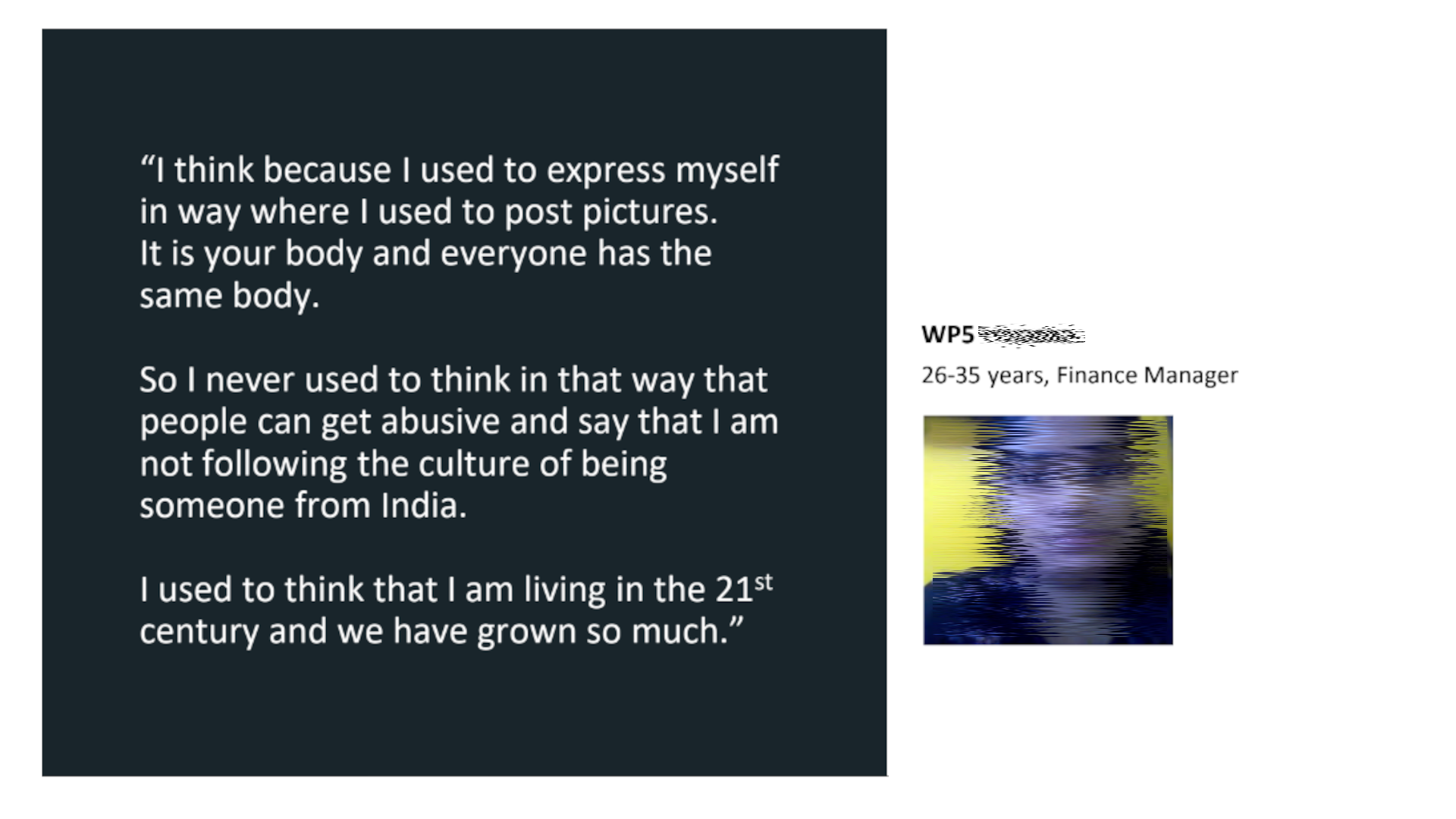

Through our research, we equipped our client to design culturally sensitive interventions and embed socio-linguistic context into tools designed to support victims and witnesses.
Contributing to how a global tech leader defines and addresses digital harm was both meaningful and impactful, since our work could potentially improve the online experiences of millions worldwide.
We look forward to a future where digital products and support systems are more inclusive, empathetic, and grounded in the real needs of users.
This research had a deeply meaningful impact on participants as well.
Many shared that being part of the study made them feel heard, respected, and supported. The opportunity to voice their experiences provided a sense of relief – helping them process difficult emotions, ease feelings of isolation or self-blame, and feel less alone in what they had been through.